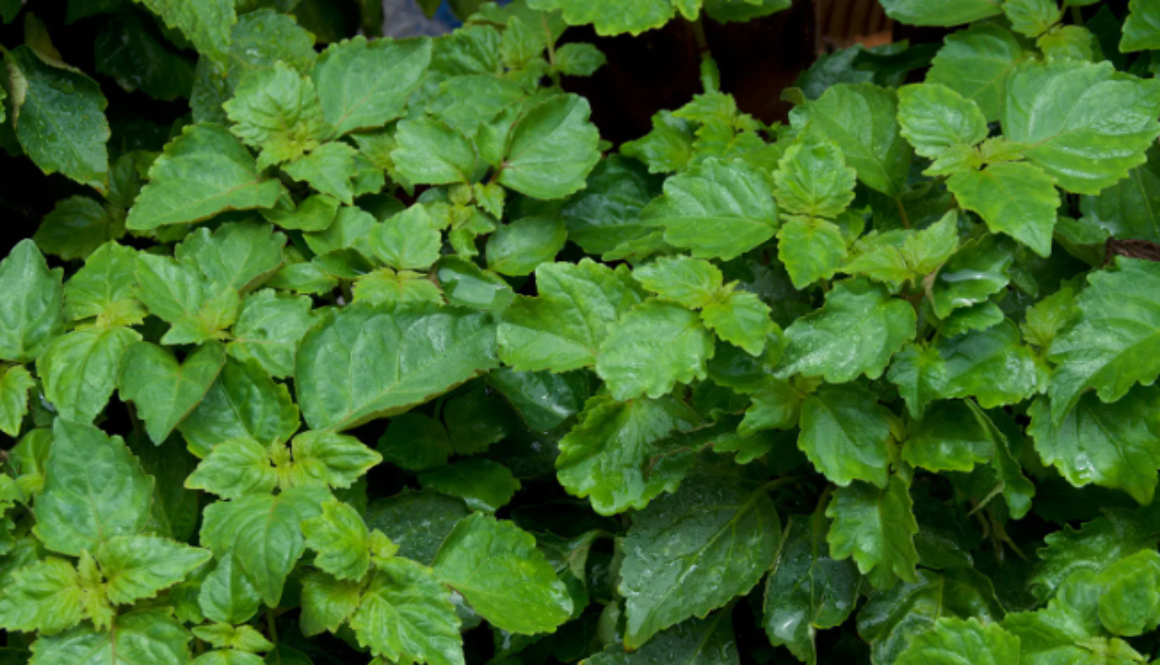Patchouli
Patchouli, scientifically known as Pogostemon cablin, is a fragrant herb native to tropical regions of Asia, particularly Indonesia and the Philippines. Renowned for its rich, earthy aroma, patchouli has been used for centuries in perfumery, aromatherapy, and traditional medicine, earning it a reputation for its calming and grounding properties.
Part Used:
The leaves of the patchouli plant are the primary part used for their aromatic and therapeutic properties. These leaves contain high concentrations of essential oils, particularly patchouli alcohol, which impart the herb’s distinctive scent and contribute to its therapeutic benefits.
Usage:
Patchouli is widely used in perfumery for its warm, earthy fragrance that is both exotic and captivating. It is often blended with other essential oils to create unique fragrances for perfumes, colognes, and scented products such as candles and incense. In aromatherapy, patchouli essential oil is valued for its calming and grounding effects, helping to reduce stress, anxiety, and depression. It is often diffused or used topically in massage oils and bath blends to promote relaxation and emotional balance.
Agrotechniques:
Cultivating patchouli requires a warm, humid climate with well-drained soil and partial shade. The plant thrives in tropical or subtropical environments with temperatures between 60°F to 85°F (15°C to 30°C). Patchouli can be propagated from seeds or stem cuttings, with planting typically done in spring or early summer. Regular watering is essential to maintain soil moisture, but overwatering should be avoided to prevent root rot.

